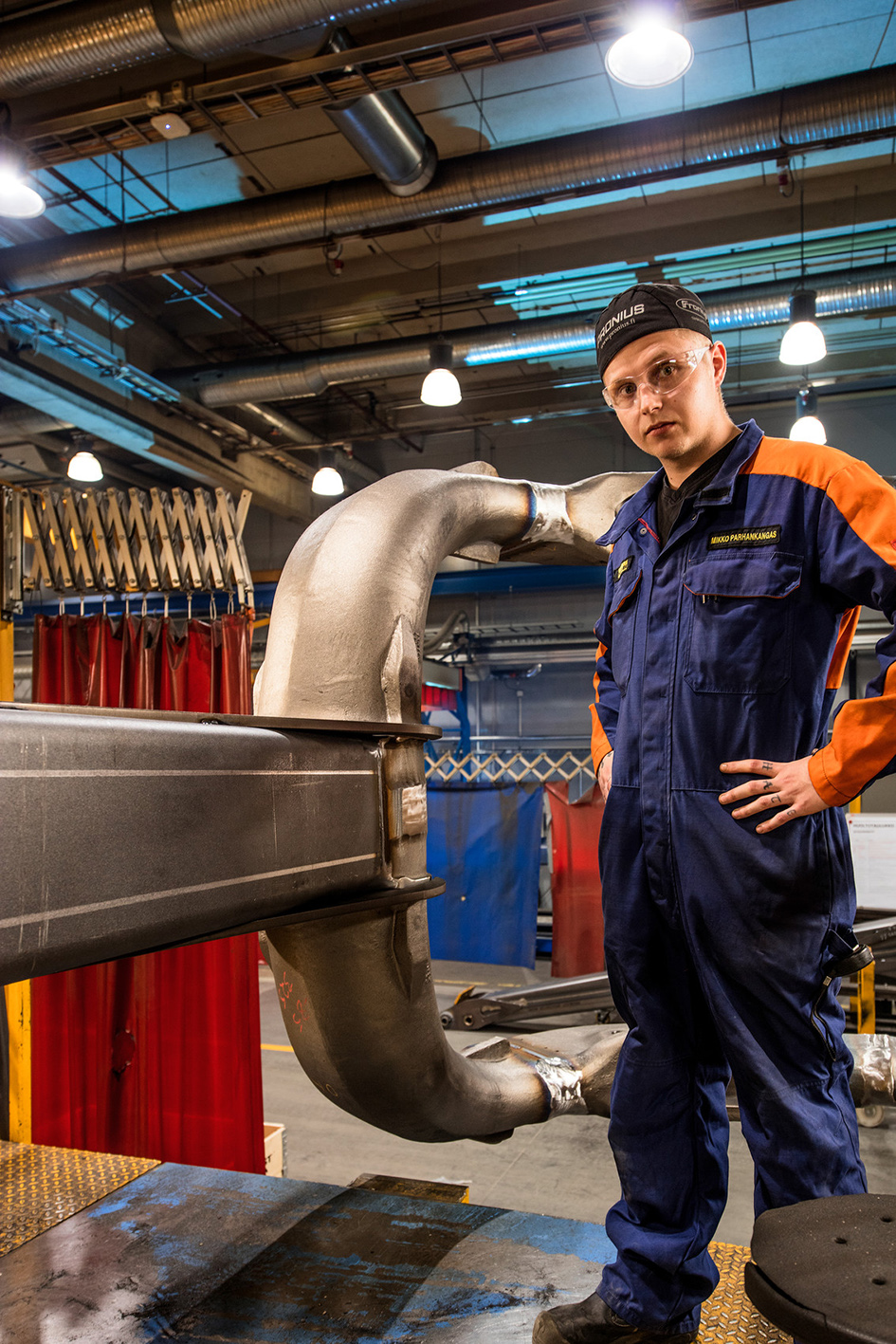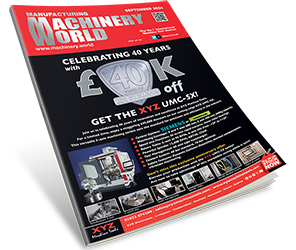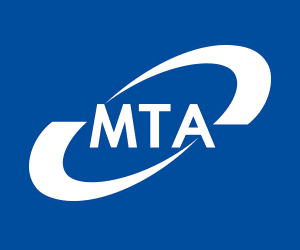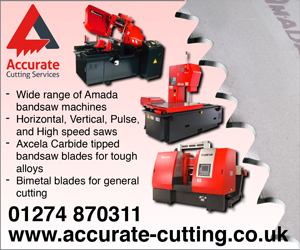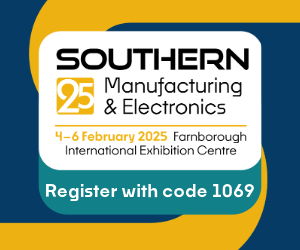Nine years after the purchase of its first power source from welding technology specialists Fronius, the Ponsse means of production now includes 79 of the firm’s products. Many of these are the latest generation of the TPS/i power source and have enabled the renowned Finnish manufacturer of heavy duty forestry machinery to further increase the quality of its weld seams, improve productivity and reduce costs.
Single-minded and unstoppable, unaffected by ruts or steep slopes, the ScorpionKing advances on its prey. Then he attacks, dispatches his quarry and piles it carefully to be transported away. Just a few seconds later there is barely any trace left of its former catch. The ScorpionKing leaves worthless debris behind on the ground and turns without delay to its next target.
This scene is replayed hundreds of times every day in the forests around the globe. Yet it is no mythical beast pushing through the undergrowth: it is one of the world’s newest CTL (Cut to Length) timber harvesters. Rarely is a name so appropriate – ScorpionKing. With its eight wheels and three oppositely rotating frame segments as well as the crane boom, which projects beyond the cab supported on a two arm column, this machine looks just like an over-sized scorpion. However, Ponsse Plc is less concerned with an impressive appearance of the product and more about its tangible benefits for the machine operator. Unlike excavators or other harvesters, the innovative design means that the crane column is not in front of the cab when in the operating position. As it is mounted on the same slewing ring as the cab, the driver always has a free view of the harvester and the saw unit that cuts down and strips the trunks before cutting them to length. This makes the driver’s work essentially easier and improves harvesting quality – it is easier to choose the trees to be removed, the machine need not be moved from place to place for no reason, and remaining trees are not damaged.

Crane boom for the most extreme loads
Despite its deceptively open design, the 11 meter crane boom with corresponding leverage can effortlessly accommodate the extreme mechanical loads imposed when processing trees weighing several tonnes. “The weakest point of a harvester is most likely the boom. If there is a breakage, it will be there,” explains Heikki Selkälä, Production Development Manager at Ponsse. The engineers of the Finnish family-owned company have designed and exhaustively tested the C50 parallel crane with the greatest care so that it in no way threatens the reputation, built over years, of this premium manufacturer of long-lasting reliable and efficient machinery.
Short weld seams, many weld starts
For this reason Ponsse does not outsource the production of the C50. The crane, and all other particularly sensitive parts and core components of the forestry machines are made of high-strength steel with a yield strength of 500 MPa. Welding is the essential factor. A vehicle frame requires the company’s current workforce of 100 welders, supported by nine robot cells, to produce up to 100 weld seams totalling roughly 300 meters in length. As welding must always take place in the optimal position (PA, PB), the work pieces frequently have to be rotated by a manipulator. This means that the welder regularly has to restart afresh, which means a high proportion of short weld seams.
Joining the C50 also involves extensive welding work, which is carried out by the combined strengths of people and robots. The two-arm crane column made of cast steel, for example, is welded to the crane boom by a robot. Since this is a critical component of the boom, each weld seam is tested with ultrasound.

Lack of fusion led to extensive reworking
In the past these ultrasonic tests repeatedly revealed defects in the manual weld seams caused by a lack of fusion at the start of the weld. This wastes time and is a major cost factor, particularly because the frame requires many manually welded short weld seams – which means many weld starts as well. Every defect means that the affected location must be ground out, re-welded and checked again.
“The reliability and quality of our machinery is a priority for our customers,” says Heikki Selkälä. “We cannot and we will not run risks, particularly in welding, and therefore we only use the best technology available.”
Kari Lehtomaa is the Managing Director of the Finnish Fronius representative Pronius Oy. He maintains close contact with customers in the region and makes sure he keeps abreast of their preferences and problems. He was therefore very optimistic that the new TPS/i would score highly at Ponsse. Ultimately a particularly reliable weld start is one of the key characteristics of the latest generation of power sources.
TPS/i solves problems
In fact the innovative TPS/i was quickly welcomed by Heikki Selkälä’s team, as reported enthusiastically by the Production Development Manager: “Our primary aim was to improve the weld seam quality in our manual welding, which was achieved by switching to the TPS 500i. We quickly realised that the new generation really is in a class of its own!”
However, the reliably deep penetration in all welding phases, including at the start of the weld, is only one benefit. The forestry machine manufacturer also reports significant improvements in the weld seam appearance following the introduction of the TPS/i in conjunction with the PMC (Pulse Multi Control) characteristic.
20 percent less reworking
Minimal spatter tendency and reliable penetration has allowed Ponsse to reduce the time spent on rework by a good 20 percent without any additional measures or training from Fronius. As the chief welding engineer says: “The system is so easy to use that we haven’t needed any significant support with the introduction of the TPS/i.”
The welders of Ponsse are also fans of the large touchscreen display of the TPS/i, which makes using the device even easier. The ergonomically designed surface with plain text display can be used easily with gloves and supports Finnish as an operating language.
The number of machines purchased is testament to how much Ponsse values the new devices. In six months the company has bought and commissioned an impressive 63 machines from the TPS/i range for manual and robot welding. Fronius has thus risen to become the forestry machinery manufacturer’s preferred solution provider for welding technology.

A decade of shared success
The TPS/i is the latest chapter in an unbroken story of shared success between Fronius and Ponsse, which began back in 2007 when the forestry machinery manufacturer purchased its first device from Austria. The power source from the TPS 9000 series has been working ever since in a robot cell for welding front frames, to the fullest satisfaction of Heikki Selkälä. It was soon followed by further devices. These included a TimeTwin tandem system for robot-assisted welding of the heaviest parts with sheet thicknesses of more than 30 mm, such as the rear frame components for the Bear, Ponsse’s biggest harvester. “With the single-wire process used before the TimeTwin system, each work piece took seven hours to weld. Now it’s less than three!” says Heikki Selkälä of the high-performance welding system, which had proven its worth within the first hour.
More reliability – fewer consumables
After the arrival of another manual welding device from the TransSteel series, those responsible at Ponsse embarked upon the collection and analysis of detailed figures about the reliability of the Fronius devices and the costs of consumables in preparation for future investment decision-making. The figures were all very positive. Machine breakdowns are extremely rare and gas nozzle consumption for instance fell by almost 100 percent compared to predecessor machines from a different big-name manufacturer. Similarly positive was the trend with contact tips. Before changing to Fronius devices, the welders at Ponsse had to replace the contact tips up to 30 times a day due to ignition problems. Now they last up to a week or more.
Data basis for process optimisation
In future, Ponsse intends to look more closely at the status of welding systems and welding processes. It will use the status and weld seam information it collects to carry out ongoing monitoring, analysis and documentation of its welding processes. With the help of a central server unit (WeldCube), it will also soon be possible to collate and manage the data from several power sources from throughout the company.
“These kinds of innovations drive us forward. We see many similarities in the company cultures of Fronius and Ponsse, and not just in a shared passion for innovation. Both companies are wholly committed to customer care, the quality of their products and the will to remain at the forefront,” says Heikki Selkälä.


